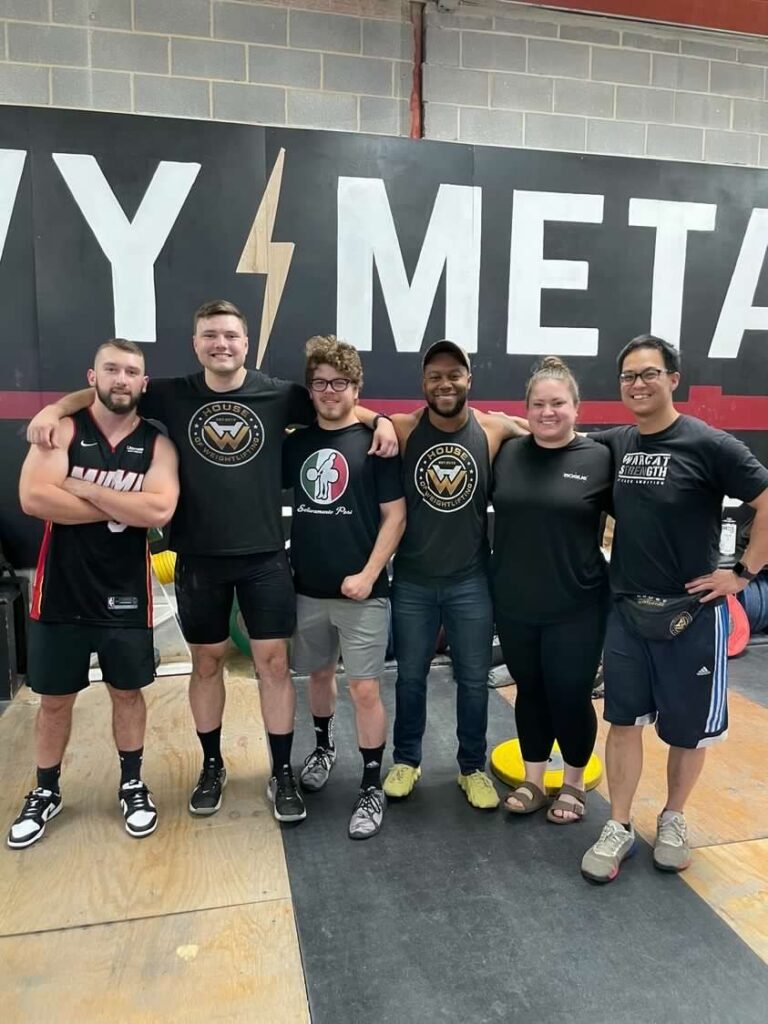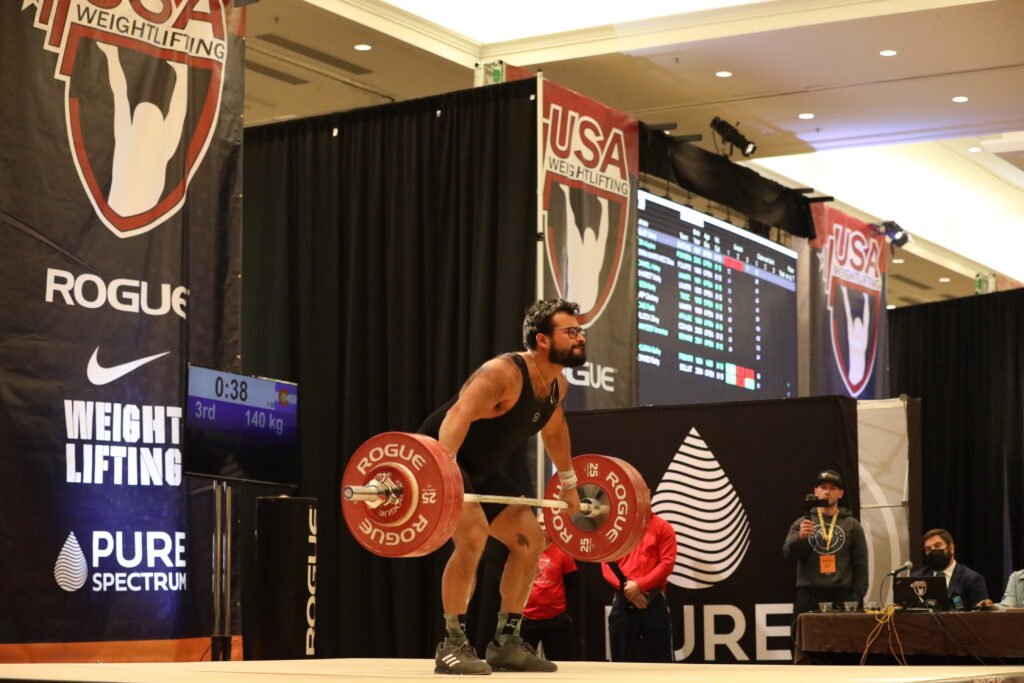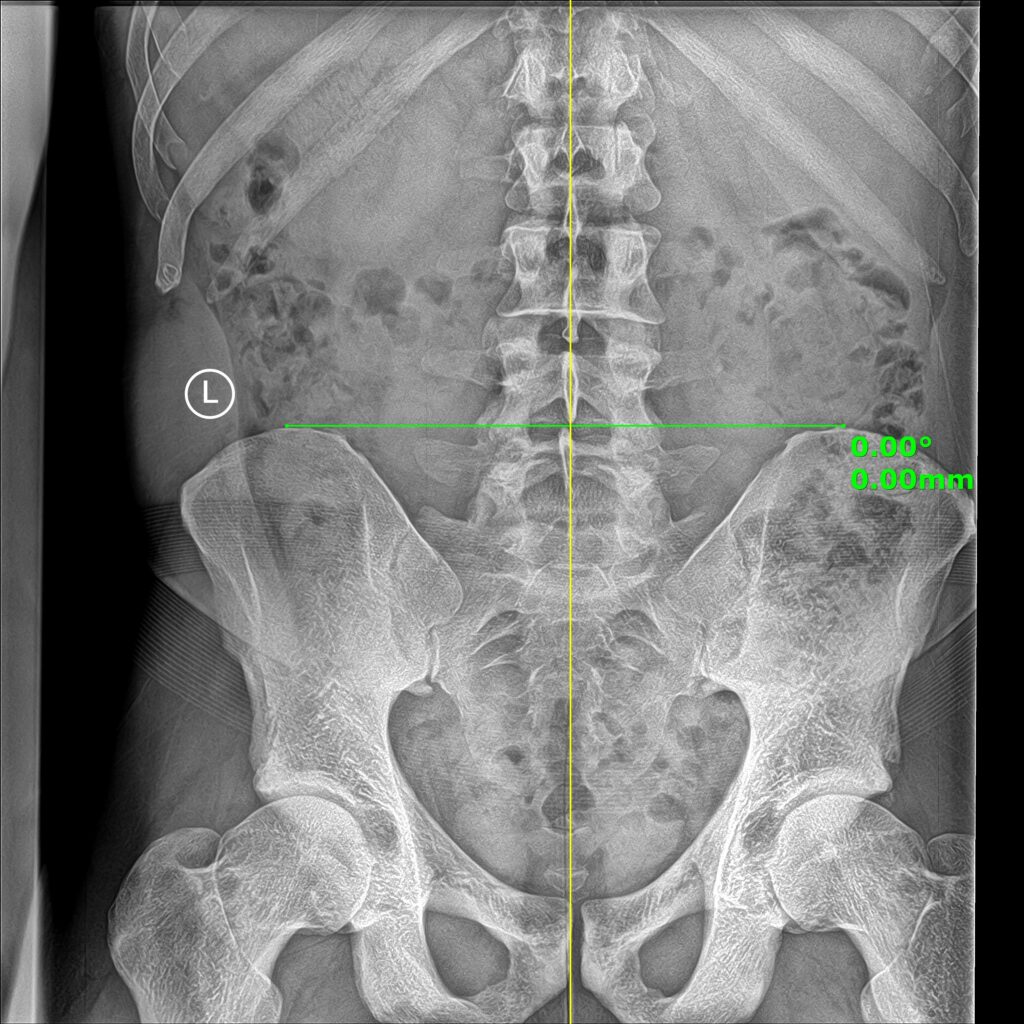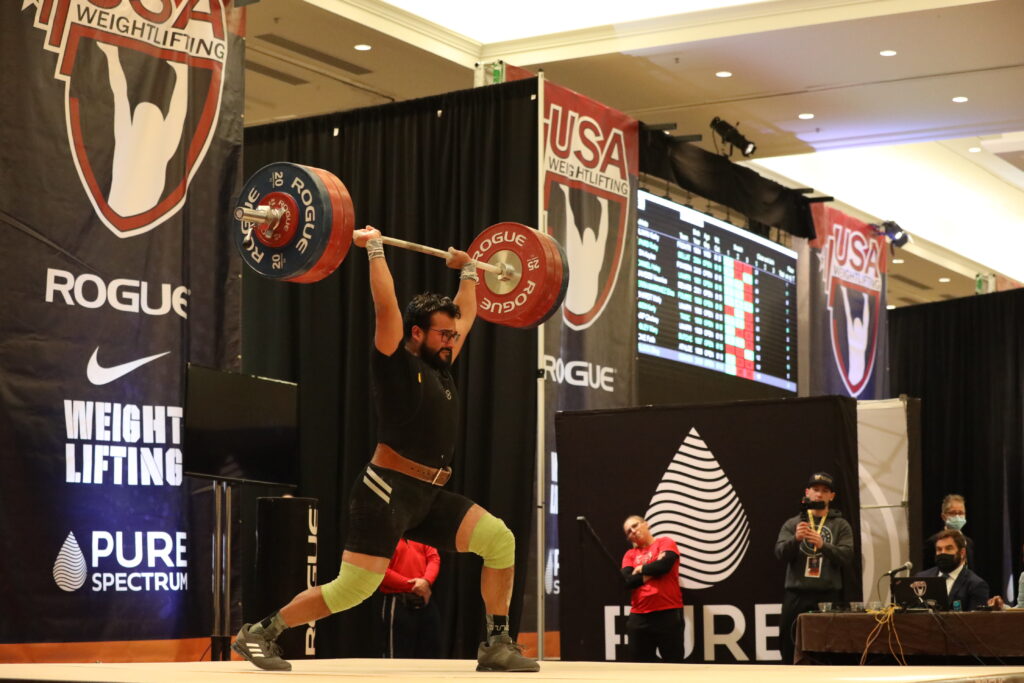In an effort to write more, I am going for more of a minimal editing approach with these blogs. That pretty much means I am not asking my wife for help editing these after I butcher the keyboard with my clumsy spelling. So read at your own risk!
Charles Poliquin used to always say there was no new training methods invented in the strength world sense the 1940’s or so. Pretty much, his idea was that once weight machines where invented and popularized, people stopped coming up with new ways to get strong with a barbell. There is a lot of truth to this, but also a few holes in that line of thinking. Here are some ways that people have gotten stronger, and a few things that seem new but are in fact, useless.
New
-PED’s (performance Enhancing Drugs). This is really where most of the new strength progress has been made once Dianabol was introduced to sport in the 1950’s. One of the famous things that came out of York Barbell was Max Effort isometric pulls against pins. I am not saying that exercises is not effective, but Bob Hoffman and the Manly Culture of York Barbell attributed their success to that exercise instead of D-Bol. This is probably the first example of the results of PED’s being used to advertise something else. PED’s where actually not banned in Olympic sports until 1975. Now even though they are banned, they are still being used widespread in sport, and even more evident, is the use of them in marketing of supplements and training methodologies. The internet sensation, Liver King comes to mind. As far as what these individuals are doing in the gym is not really anything new. Don’t get me wrong, you still have to train really hard and smart to get to where most of these people are at with PED’s, but don’t expect to get as strong as Eddie Hall without PED’s.
–Better tracking of data. This one is pretty interesting to me. The Russian weightlifting manual that where translated by Bud Charniga really bring this to light. The Russian Sport Scientist really did a good job tracking a lot of different variables so we can see after the fact what needs to be focused on. This is not really anything new, its just making what is already out there more efficient. Louie Simmons of Westside Barbell partially attributes his success in the sport of Powerlifting to the Russian Weightlifting Manuels and their tracking of volume and intensities. Along with massive PED use and supportive gear, West Side Barbell is a clear example of a new way to get strong.
Another Example of tracking data has been the surge of VELOCITY based Trackers in training. Again, are there any real changes in the methods of getting strong? No, we are now just tracking the velocity more closely and honing in on what is more advantageous for our goals. To an extent this was done prior to velocity trackers, but the info was not as reliable or trackable. I am still on the fence whether velocity based training lives up to its hype, but I do think having more reliable data and tracking it is never a bad thing for a coach to do. As a small aside, I think an athlete needs to be careful how much they analyze of their own training, as paralysis by analysis can happen a lot faster that way.
–Sport Psychology. The first time I heard that an athlete used a Sport Psychologist was when I was in high school and a wrester on an opposing team was talking about going to see his Sport Physiologist. My initial though was that he had gone through some trauma and/or was suffering from a weak mind. I realize now that this was just my own preconceptions about only going to seek help if something is wrong. If someone is in need of help they should definite reach out for it, but any athlete working with a sport psychologist can benefit. They can help an athlete realize potential in new and more effective ways. It seems like this same acceptance of the field of sports psychology has happened across the board and athletes are really starting to take advantage of this type of help. To round this point out, it turns out my own wrestling coach was a psychology major and he helped us as a team similarly to how a sport psychologist would help their clients without us even knowing that’s what was happening…. Nathan Hanson is my go to for the mental side of sport. Email him at [email protected]
–Different combinations of athletes from other sports making their way into weightlifting. With new sports like breakdancing, skateboarding, and crossfit really taking off, you are starting to see a wide variety of new athlete types! This is a new way that people are setting themselves up to get strong! I have mentioned many times that other sports can act as General Physical Preparedness for your main sport. As new sports and different athletic qualities get mixed together, you really get a whole new accidental training modality. These type of things just need to happen on their own and then make observations along the way and after the fact. One main example I like to use is that Women tend to really get strong with the volume of crossfit. As they progress from crossfit to weightlifting, we are seeing a lot more new records and depth in women’s weightlifting! The same is not true for men in crossfit, but that is a different discussion. Here are a few sports that I think set people up to do well in weightlifting:
Women: Gymnastics, Cheerleading, Crossfit, Soccer, and Swimming.
Men: Wrestling, American Football, Throwing, and Swimming.
Crap
–Marketing. There are a few new way to get strong, but the amount of ways people will try to sell you something has increased 1000 fold! Especially with every new internet and social media platform out there. Most of the stuff out there is pretty much just snake oil. The tried and true things are not nearly as flashy and the don’t promise that you will get a competitive edge.. But the Leg Strength Developer 3000 is new and you could be the first one to gain the upper hand as long as you pay the $4999 for this giant hunk of steel. That example was just a joke of course, here are some real ones:
1) If you get a video advertisement from pretty much anyone without a shirt on and has less than 6% body fat (15% for a female in a sports bra), you can tell right it off as a scam. This individual is just being paid to advertise a supplement that they may or may not use. Either way, even if that product is good, it has a minimal amount of contribution to the overall outcome they are trying to sell you. You know what contributes to the majority of that outcome they are trying to sell you? 8 hours of sleep, balanced diet, and being hydrated. Those don’t need to be sold to you, you just need to be diligent or work with a sports psychologist to get yourself on track with those things.
2) Equipment is another big sales pitch. I’ll be honest, I tend to fall prey to these more than anything else. Being that I have bought some of this crap, I have a constant reminder of my bad choices by seeing the piece of equipment collecting dust. I will try to focus on the most useful pieces I have ever used, and just a little bit on the useless ones:
A) A good barbell- Rouge, Uesaka, Werksan are worth the money. (The new NextGen Eleiko is a crappy sales pitch bar and doesn’t live up to the old design)
B) A squat stand- This doesn’t even have to be super nice. My favorite is a $200 one from MDUSA. But if you are going to spend a little more, Sorinex Base Camp Power Rack is probably the best for you money, because of the versatility of it.
C) Good bumper plates- I run through some 10kg plates. Uesaka and Vulcan tend to be the toughest I’ve used. Eleiko, rouge, and the old MDUSA ones just can’t handle heavy use.
Other than that, the rest is just supplemental. Its nice to have dumbbells, bands, sleds, reverse hypers, GHD’s, Cable machines, but the majority of your progress will be made with a bar, plates, and a squat stand. Its hard to justify the price for the benefit you actually get from them.
I hope that this will serve as a filter for all the stuff out there that claims it will help you if you buy there special piece of equipment or exercise program. Remember to keep the big picture in mind and look at things from as logical of a standpoint as you can. Stay Strong.




